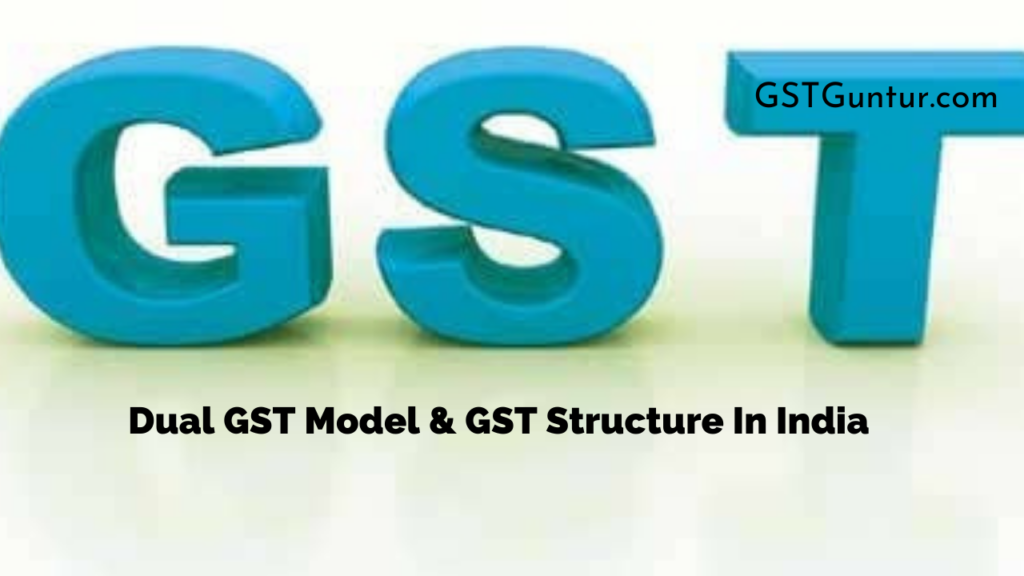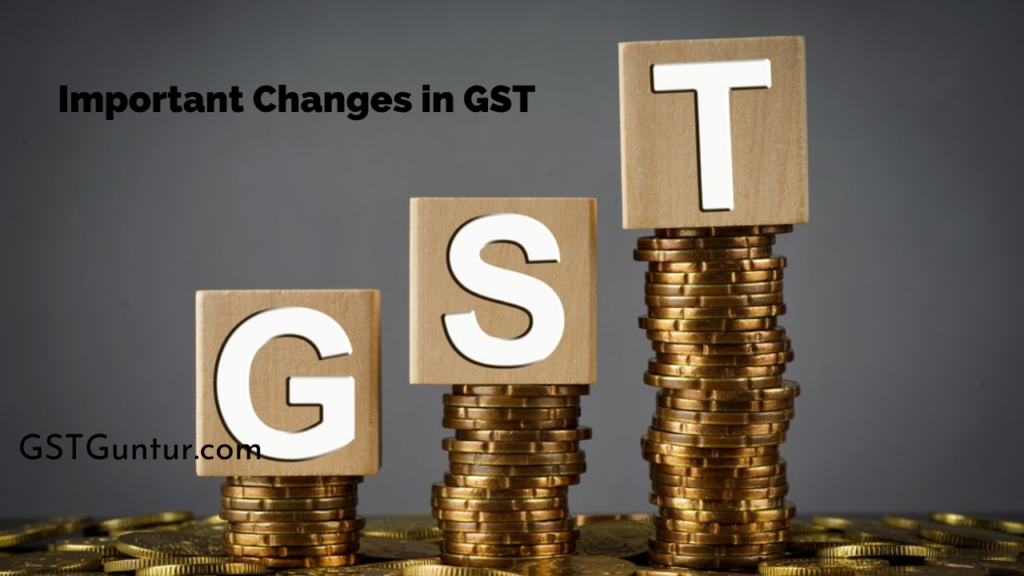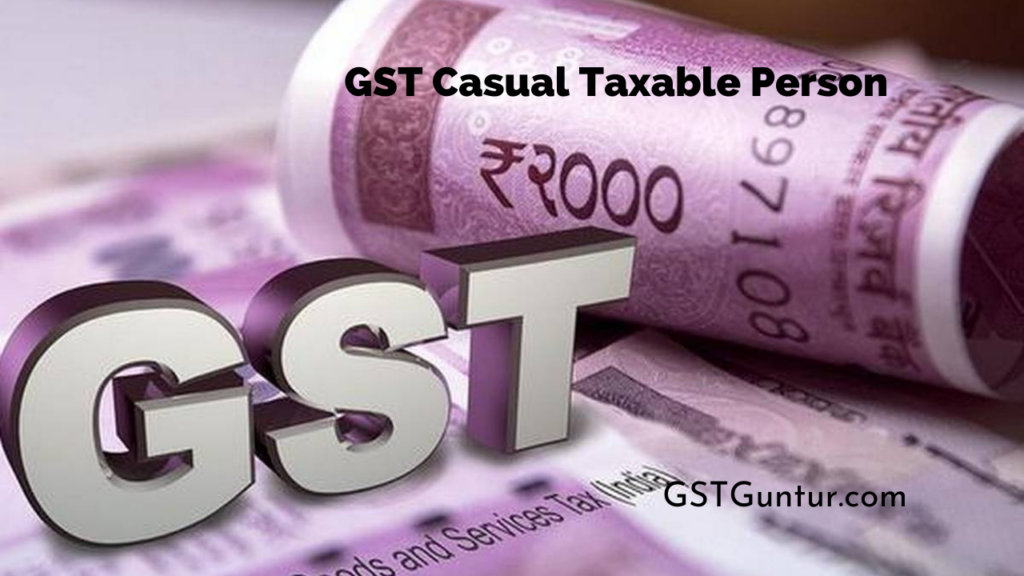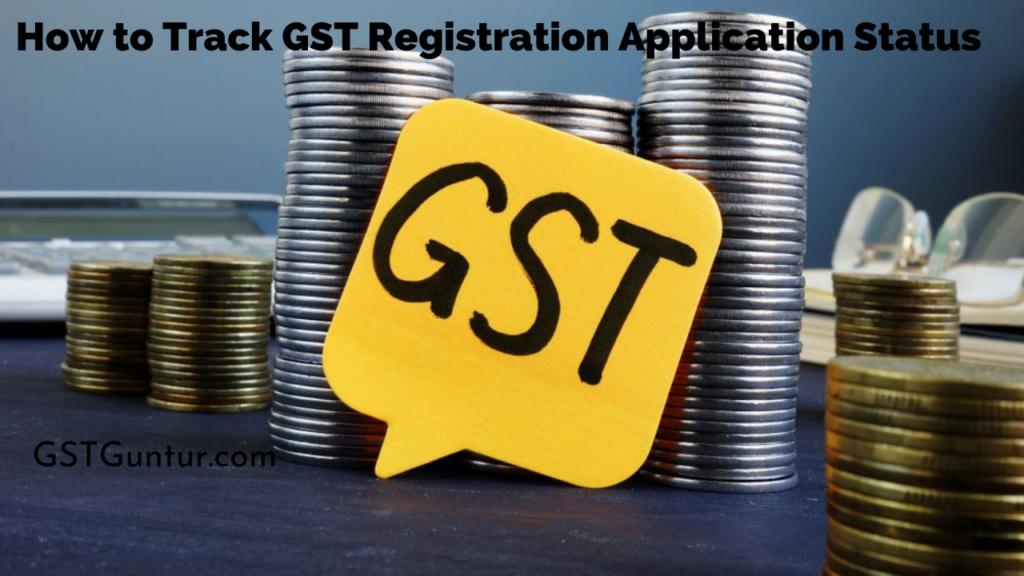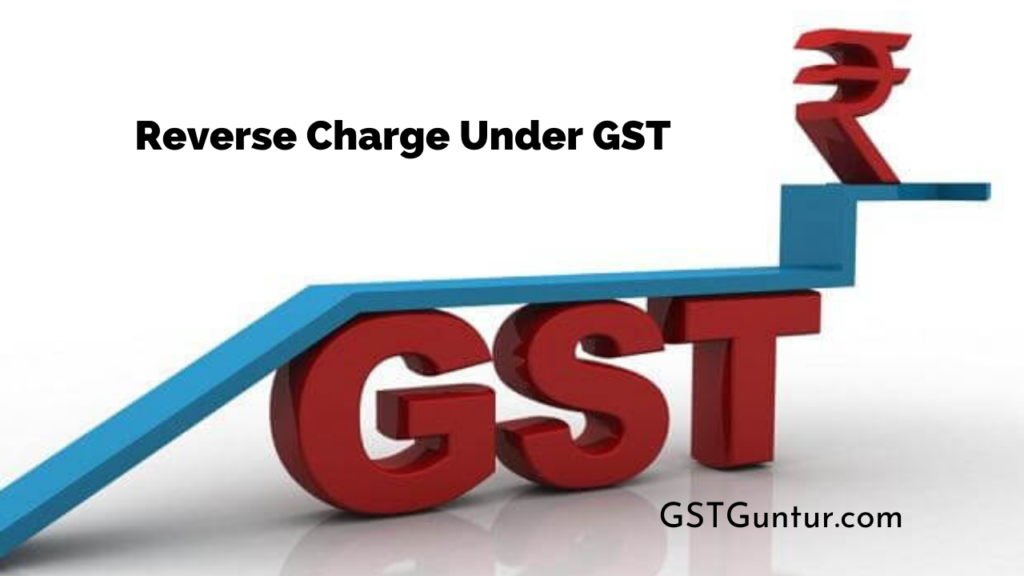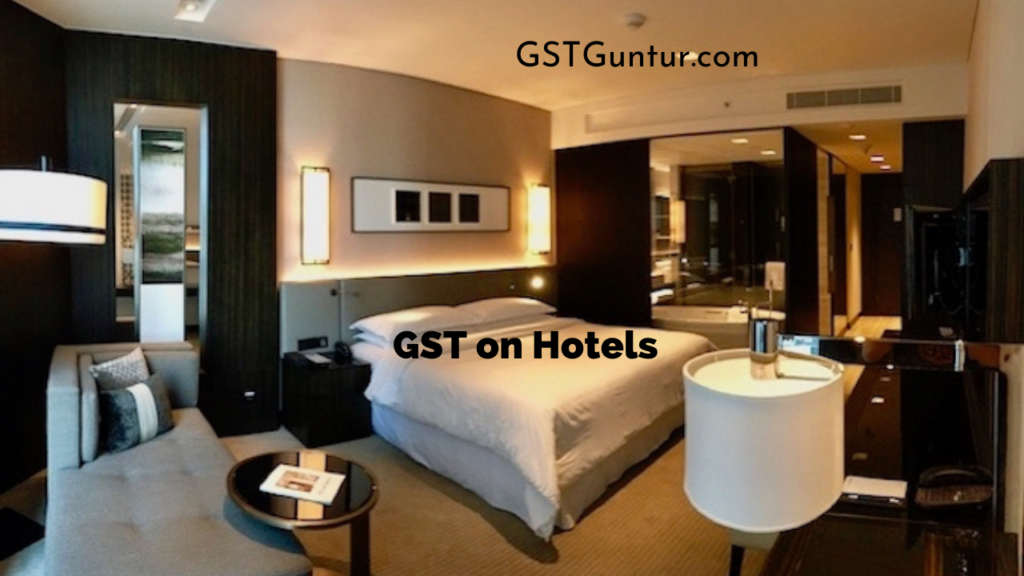GST Accounting Entries for Interstate, Intrastate, Imported Goods Asset
GST Accounting Entries: The goods and services tax which is also known as GST has replaced the majority of indirect taxes. It has resulted in the “One Nation, One Tax” system. In comparison to the previous VAT and excise systems, GST accounting is simpler.
However, GST accounting entries in the books of accounts must be understood and passed on a regular basis. Thus any individual who has done GST registration online and falls under registered taxable person is required to preserve and maintain books of account for five years. It’s important to confirm that there are few or no discrepancies between the books of accounts and GST returns like GSTR-1, GSTR-2B, and GSTR-3B. It would also help in the proper and timely reconciliation of yearly accounts in preparation for GSTR-9 filing for the financial year. In this article, let’s understand everything about Accounting entries under GST in detail.
- VAT and Excise Accounting
- Accounting Under GST Regime
- How To Pass Accounting Entries Under GST?
- GST Accounting Entries for Intrastate Transactions
- GST Accounting Entries for Inter-State Transactions
- Entry for Purchase of Goods under GST
- Entry for Sale of Goods
- Example of GST Entry for Expenditure Incurred for Business Purpose
- Examples Of GST Entry for Purchase Of Asset
- Entry for Set Off & Payment GST
- GST Entry When GST TDS has been Deducted along with Income Tax TDS
- Period of Retention of Accounts
VAT and Excise Accounting
Earlier Excise, VAT, CST, and service tax all required their own set of accounts. And also the input tax credit could not be claimed for taxes set by the central government and taxes levied by the states. As a result, multiple ledger accounts were required.
To overcome this, GST was introduced. GST has been able to eliminate the requirement for several ledger accounts, reducing the number to just a few. Apart from accounts like purchase, sales, and stock, here’s a list of the few ledger accounts that businesses required to keep under the previous regime:
- Excise Payable A/C (for manufacturers)
- CENVAT credit A/C (for manufacturers)
- Output VAT A/C
- Input VAT A/C
- Input Service Tax A/C
- Output Service tax A/C
Accounting Under GST Regime
Indirect taxes such as excise, VAT, and service tax, are now combined into a single account under GST. Now let’s consider Mr X is a person who is a trader, then he will have to keep the following accounts expect Purchase details, Sales and Stocks for each GST Identification Number (GSTIN):
- Input Cess A/C
- Input CGST A/C
- Input IGST A/C
- Input SGST A/C
- Output Cess A/C
- Output CGST A/C
- Output IGST A/C
- Output SGST A/C
- Electronic Cash Ledger (to be kept up to date on the government’s GST portal in order to deposit and pay GST in cash)
How To Pass Accounting Entries Under GST?
Let’s understand how to pass GST accounting entries with the help of examples.
GST Accounting Entries for Intrastate Transactions
The GST accounting entries for intrastate transactions represent the transactions within the state. Let’s understand how to pass accounting entries under GST under Intrastate transactions within an example.
- Mr. A spent Rs. 2,00,000 on local purchases (intrastate).
- In the same state, he sold them for Rs. 3,00,000.
- He paid Rs. 10,000 in legal consulting fees.
- He spent Rs. 40,000 on furniture for his office from XYZ Furniture (assuming CGST of 8% and SGST of 8%).
| Details | Debit (Amount in Rupees) | Credit (Amount in Rupees) |
| Purchase A/C Dr. | 300,000 | |
| Input IGST A/C Dr. | 48,000 | |
| To Creditors A/C | 348,000 | |
| Debtors A/C Dr. | 348,000 | |
| To Sales A/C | 300,000 | |
| To Output CGST A/C | 24,000 | |
| To Output SGST A/C | 24,000 | |
| Debtors A/C Dr. | 232,000 | |
| To Sales A/C | 200,000 | |
| To Output IGST A/C | 32,000 | |
| Telephone Expenses A/C ..Dr. | 10,000 | |
| Input CGST A/C ..Dr. | 800 | |
| Input SGST A/C ..Dr. | 800 | |
| To Bank A/C | 11,600 | |
| Office Equipment A/C…Dr. | 24,000 | |
| Input CGST A/C Dr. | 1,920 | |
| Input SGST A/C Dr. | 1,920 | |
| To ABC Furniture Shop A/C | 27,840 | |
| Setoff against CGST output | ||
| Output CGST Dr. | 18,720 | |
| To Input CGST A/C | 2,720 | |
| To Input IGST A/C | 16,000 | |
| Setoff against SGST output | ||
| Output SGST Dr. | 2,720 | |
| To Input SGST A/C | 2,720 | |
| Setoff against IGST output | ||
| Output IGST Dr. | 32,000 | |
| To Input IGST A/C | 32,000 | |
| Final payment | ||
| Output CGST A/C Dr. | 5,280 | |
| Output SGST A/C Dr. | 21,280 | |
| To Electronic Cash Ledger A/C | 26,560 | |
| 1047440 | 1047440 |
- CGST = 16,000+800+3,200 = Rs. 20,000 Total Input
- SGST = 16,000+800+3,200 = Rs. 20,000 Total Input
- CGST total output = 24,000
- SGST total output = 24,000
- As a result, the net CGST payment is 24,000-20,000 = 4,000.
- SGST payable net = 24,000 – 20,000 = 4,000
- Thus, Rs. 48,000 output liability has been balanced by an Rs. 40,000 input tax credit.
- As a result, the CGST net tax liability is Rs. 4,000 and the SGST net tax liability is Rs. 4,000.
GST Accounting Entries for Inter-State Transactions
Mr. X bought products worth Rs. 3,00,000 from outside the country. He made a local sale for Rs. 3,00,000. He made a profit of Rs.2,00,000 outside of the state. He paid his Rs. 10,000 phone charge. He paid Rs. 24,000 (locally) for an air conditioner for his office, assuming CGST of 8% and SGST of 8%.
| Particulars | Debit Amount in Rupees | Credit Amount in Rupees |
| Purchase A/C Dr. | 300,000 | |
| Input IGST A/C Dr. | 48,000 | |
| To Creditors A/C | 348,000 | |
| Debtors A/C Dr. | 348,000 | |
| To Sales A/C | 300,000 | |
| To Output CGST A/C | 24,000 | |
| To Output SGST A/C | 24,000 | |
| Debtors A/C Dr. | 232,000 | |
| To Sales A/C | 200,000 | |
| To Output IGST A/C | 32,000 | |
| Telephone Expenses A/C ..Dr. | 10,000 | |
| Input CGST A/C ..Dr. | 800 | |
| Input SGST A/C ..Dr. | 800 | |
| To Bank A/C | 11,600 | |
| Office Equipment A/C…Dr. | 24,000 | |
| Input CGST A/C Dr. | 1,920 | |
| Input SGST A/C Dr. | 1,920 | |
| To ABC Furniture Shop A/C | 27,840 | |
| Setoff against CGST output | ||
| Output CGST Dr. | 18,720 | |
| To Input CGST A/C | 2,720 | |
| To Input IGST A/C | 16,000 | |
| Setoff against SGST output | ||
| Output SGST Dr. | 2,720 | |
| To Input SGST A/C | 2,720 | |
| Setoff against IGST output | ||
| Output IGST Dr. | 32,000 | |
| To Input IGST A/C | 32,000 | |
| Final payment | ||
| Output CGST A/C Dr. | 5,280 | |
| Output SGST A/C Dr. | 21,280 | |
| To Electronic Cash Ledger A/C | 26,560 | |
| 1047440 | 1047440 |
- CGST input total =800+1920=2,720
- CGST output total = 24,000
- SGST input total =800+1920=2,720
- SGST output total = 24,000
- Input of IGST numbers 48,000
- IGST output total = 32,000
Any IGST credit will be used to balance IGST first, then CGST. So, out of the entire input IGST of Rs. 48,000, it will first be set off totally against IGST. Then deduct Rs.16,000 from the total to account for CGST. Only Rs. 26,560 of the total liability of Rs. 80,000 is payable.
| Particulars | CGST | SGST | IGST |
| Output liability | 24,000 | 24,000 | 32,000 |
| Less: Input tax credit | |||
| CGST (Telephone+Office) | 2,720 | ||
| SGST (Telephone+Office) | 2,720 | ||
| IGST | 16,000 | 32,000 | |
| Amount payable | 5,280 | 21,280 | NIL |
Entry for Purchase of Goods under GST
The example of booking input under GST is explained below:
| Sr. No. | Particulars | Debit Amount in Rupees | Credit Amount in Rupees |
| If purchases are made within the state (Intra State) | |||
| 1 | Purchase A/C Dr. | 200,000 | |
| Input CGST A/C Dr. | 16,000 | ||
| Input SGST A/C …Dr. | 16,000 | ||
| To Creditors or Cash BankA/C | 232,000 | ||
| If purchases are made from other states (Inter-State) | |||
| 2 | Purchase A/C Dr. | 300,000 | |
| Input IGST A/C Dr. | 48,000 | ||
| To Creditors or Cash BankA/C | 348,000 | ||
| If purchases are made from Outside India (Import) | |||
| 3 | Purchase A/C Dr. | 200,000 | |
| Input IGST A/C Dr. | 32,000 | ||
| To Creditors or Cash BankA/C | 200,000 | ||
| To IGST Payable A/C. | 32,000 | ||
| (Reverse charge mechanism applies here) | |||
Entry for Sale of Goods
The example of booking Output liability under GST is explained below:
| Sr. No. | Particulars | Debit Amount in Rupees | Credit Amount in Rupees |
| If Sales are made within the state (Intra State) | |||
| 1 | Debtors A/C.or Cash/Bank A/C.–Dr | 216,000 | |
| To Sales A/C. ————— Cr. | 200,000 | ||
| To Output CGST A/C. —– Cr. | 16,000 | ||
| To Output SGST A/C. —– Cr. | 16,000 | ||
| If sales are made from other states (Inter-State) | |||
| 2 | Debtors A/C.or Cash/Bank A/C.–Dr | 232,000 | |
| To Sales A/C. ————— Cr. | 200,000 | ||
| To Output IGST A/C. —– Cr. | 32,000 | ||
| If sales are made outside the Country (Export) | |||
| 3 | Debtors A/C. or Cash/Bank A/C. -Dr. | 200,000 | |
| To Sales (Export) A/C. ————-Cr. | 200,000 | ||
| (Export sale is Exempt) | |||
Example of GST Entry for Expenditure Incurred for Business Purpose
| Sr. No. | Particulars | Debit Amount in Rupees |
Credit Amount in Rupees |
| If any expenditures are incurred within the state (Intra State) | |||
| 1 | Expenditure A/C Dr. | 200,000 | |
| Input CGST A/C Dr. | 16,000 | ||
| Input SGST A/C …Dr. | 16,000 | ||
| To Creditors or Cash BankA/C | 232,000 | ||
| If expenditures are incurred from other states (Inter-State) | |||
| 2 | Expenditure A/C Dr. | 300,000 | |
| Input IGST A/C Dr. | 48,000 | ||
| To Creditors or Cash BankA/C | 348,000 | ||
| If expenditures are incurred from Outside India (Import) | |||
| 3 | Expenditure A/C Dr. | 200,000 | |
| Input IGST A/C Dr. | 32,000 | ||
| To Creditors or Cash BankA/C | 200,000 | ||
| To IGST Payable A/C. | 32,000 | ||
| (Reverse charge mechanism applies here) | |||
Examples Of GST Entry for Purchase Of Asset
| Sr. No. | Particulars | Debit Amount in Rupees | Credit Amount in Rupees |
| If an asset is purchased within the state | |||
| 1 | Asset A/C Dr. | 200,000 | |
| Input CGST A/C Dr. | 16,000 | ||
| Input SGST A/C …Dr. | 16,000 | ||
| To Creditors or Cash BankA/C | 232,000 | ||
| If an asset is purchased from other states (Inter-State) | |||
| 2 | Asset A/C Dr. | 300,000 | |
| Input IGST A/C Dr. | 48,000 | ||
| To Creditors or Cash BankA/C | 348,000 | ||
| If an asset is purchased from another Country (Import) | |||
| 3 | Asset A/C Dr. | 200,000 | |
| Input IGST A/C Dr. | 32,000 | ||
| To Creditors or Cash BankA/C | 200,000 | ||
| To IGST Payable A/C. | 32,000 | ||
| (Reverse charge mechanism applies here) | |||
Entry for Set Off & Payment GST
| To set off & Payment Output SGST
Output SGST A/C. ——Dr. To Input SGST A/C. ——Cr. To Input IGST A/C.** ——- Cr. To Electronic Cash ledger A/C. ——Cr. (** Input IGST credit is allowed for setting off Output SGST liability. But after setting of Output IGST liability, Output CGST liability. ) To set off & Payment Output CGST Output CGST A/C. ——Dr. To Input CGST A/C. —– Cr. To Input IGST A/C.** ——- Cr. To Electronic Cash ledger A/C. ——Cr. (** Input IGST credit is allowed for setting off Output CGST liability. But after setting Output IGST liability. ) To set off & Payment Output IGST Output IGST A/C. ——Dr. To Input IGST A/C. —– Cr. To Electronic Cash ledger A/C. —– Cr. |
GST Entry When GST TDS has been Deducted along with Income Tax TDS
| To book Income (In case of Intrastate Transaction)
Debtor/Cash A/c. ———-Dr. Income Tax TDS A/c. ——Dr. CGST TDS A/c. ————-Dr. SGST TDS A/c. ————-Dr. To Income A/c. ————-Cr. To CGST A/c. —————Cr. To SGST A/c. —————Cr. To book Income (In case of Interstate Transaction) Debtor/Cash A/c. ———-Dr. Income Tax TDS A/c. ——Dr. IGST TDS A/c. ————-Dr. To Income A/c. ————-Cr. To IGST A/c. —————Cr. |
Period of Retention of Accounts
From the due date of submitting the Annual Return for the relevant year, every registered taxable person is required to preserve and maintain books of account for five years. The taxpayer must reconcile his or her books of accounts with the GST returns filed during the financial year at the end of the fiscal year. Any differences discovered when comparing data between books and GST returns must be corrected in books or disclosed in subsequent GST returns.

